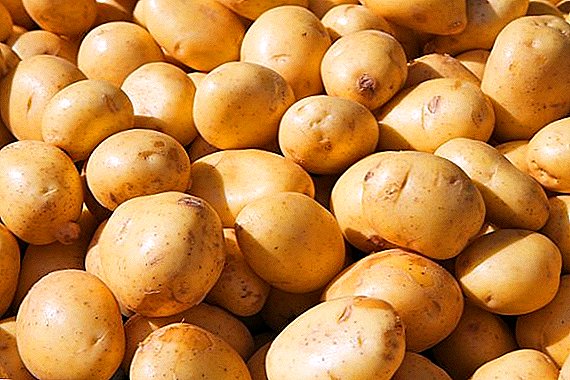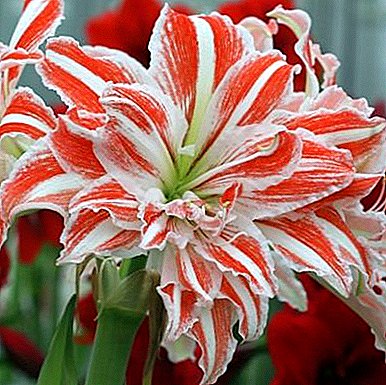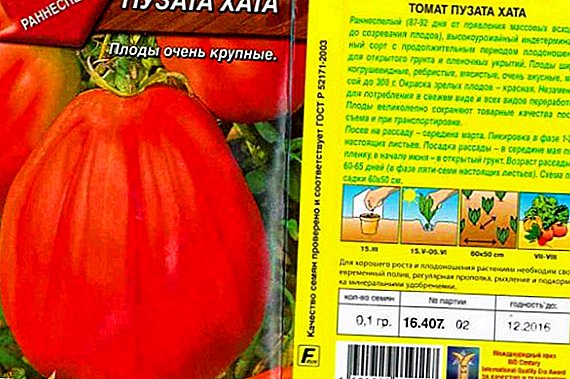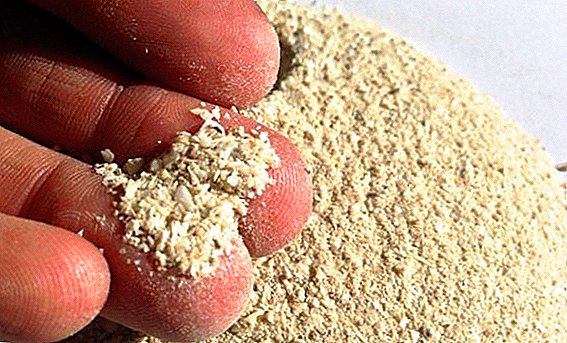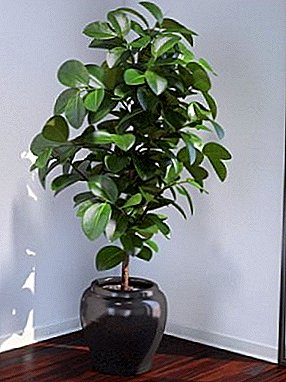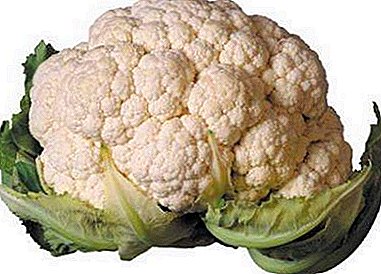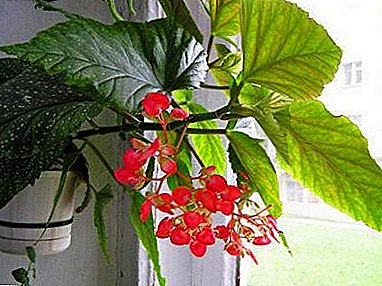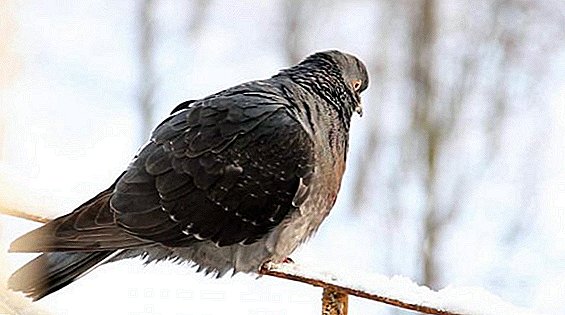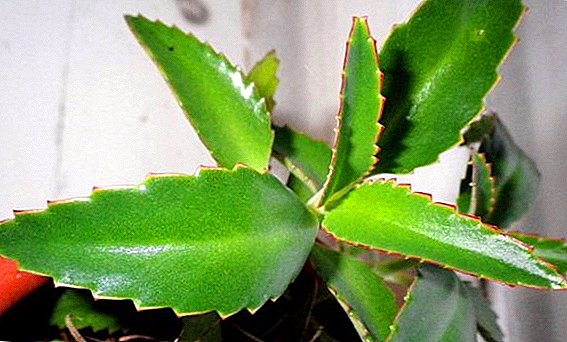 Each grower does not represent his collection, without such an amazing plant as Kalanchoe. Having bought a beautiful small flower with large clusters of inflorescences, after a certain period of time, a problem arises: Kalanchoe grows up and does not bloom. In this case, do not get upset, but it is worth considering the reasons why our Kalanchoe does not bloom and what to do with it.
Each grower does not represent his collection, without such an amazing plant as Kalanchoe. Having bought a beautiful small flower with large clusters of inflorescences, after a certain period of time, a problem arises: Kalanchoe grows up and does not bloom. In this case, do not get upset, but it is worth considering the reasons why our Kalanchoe does not bloom and what to do with it.
Why does not Kalanchoe bloom, what to do in this case
Most people grow Kalanchoe on the windowsill just for the sake of its leaves, which have medicinal properties and are often used in traditional medicine. But Kalanchoe is not only a medicinal plant, this flower has unique decorative properties. And if your Kalanchoe does not bloom, then this may be the result of a violation of its care.
In order to understand how to make our Kalanchoe blossom, you need to consider and decide the causes of impaired growth and development.
Why does not Kalanchoe bloom, find out the reasons
The reasons why Kalanchoe does not bloom when growing at home is a large number. For example, a plant can be grown as an annual hybrid, this is practiced to give this flower a good selling look, because the hybrid has very large inflorescences and a beautiful appearance. Also Kalanchoe treat tropical plants, very fond of heat.  It may not be suitable soil for transplanting, or the necessary conditions of rest are not created. Understand how to get our Kalanchoe to blossom, or what to do if the Kalanchoe is pulled upwards, we will succeed after a detailed study of all causes.
It may not be suitable soil for transplanting, or the necessary conditions of rest are not created. Understand how to get our Kalanchoe to blossom, or what to do if the Kalanchoe is pulled upwards, we will succeed after a detailed study of all causes.
Lack of lighting
Kalanchoe is a plant that came to us from the tropics and belongs to succulents. It also loves light and can suffer from its oversupply. Light day for him should be no more than 10 hours. To do this, the pot with the plant should be placed on the windowsill, where the flower should receive portions of sunny color before noon, then the window should be darkened.
This can be done with the help of a usual scarf or a special material, having covered the window opening with it. You can also, just clean the Kalanchoe in a dark place, thereby creating the effect of the night. With a large light day, the Kalanchoe does not bloom and is often drawn out. 
Important! Kalanchoe is very much afraid of long direct sunlight on its leaves, because they lead to their burns, and later to the death of the plant.If you live in winter latitudes, with a short daylight hours, the plant will need an increase in daylight hours. This can be done using conventional fluorescent or special fitolamp for plants.
Unsuitable cultivation soil
The soil for our tropical guest should be neutral or slightly acidic. This can be purchased at garden stores, but you can do it yourself. To do this, we need to mix 1 part of the sheet soil 2 parts of sod land and add on the floor of the river sand and marsh peat.  Before planting or transplanting Kalanchoe into the soil prepared by us, it must be washed with boiling water to disinfect and prevent the development of parasites. Kalanchoe is transplanted every 2-3 years, but only after it has completely faded. Surprisingly, the transplant is needed for the root system of Kalanchoe, it grows very quickly, while the stems practically do not change in size.
Before planting or transplanting Kalanchoe into the soil prepared by us, it must be washed with boiling water to disinfect and prevent the development of parasites. Kalanchoe is transplanted every 2-3 years, but only after it has completely faded. Surprisingly, the transplant is needed for the root system of Kalanchoe, it grows very quickly, while the stems practically do not change in size.
Important! When Kalanchoe blooms, any fertilizing or transplanting is absolutely not recommended!
Mistakes when watering a flower
Since Kalanchoe is a succulent, it does not need frequent watering. Erroneous frequent or short periods of watering are erroneous, since moderate humidity must always be maintained in the pot. An insufficient amount of moisture will cause the Kalanchoe to dry, high humidity may adversely affect the root system. Therefore, watering is carried out as the drying of the topsoil.  In the summer, watering is carried out no more than 2-3 times a week, in the winter it should be limited to 1 time. Water for irrigation must first be defended for several days. Water temperature for irrigation should be at room temperature. Too hot or cold liquid can destroy the plant.
In the summer, watering is carried out no more than 2-3 times a week, in the winter it should be limited to 1 time. Water for irrigation must first be defended for several days. Water temperature for irrigation should be at room temperature. Too hot or cold liquid can destroy the plant.
Kalanchoe recommend keeping in the bedroom, as the plant cleans the air. Chlorophytum, spathiphyllum, begonia, geranium, and cactus are also good at this task.
Too high or low temperature
If your Kalanchoe does not bloom, then this may also be due to a temperature disturbance during its growth. Finding the right temperature regime is one of the most difficult tasks for gardeners who grow Kalanchoe. Gardeners, figuring out why their Kalanchoe flowers do not bloom at home, pay attention to the temperature regime.
In the warm period of the year, it should be maintained at + 20 ... +23 ° С. Excess temperatures of +25 ° C may already have a negative impact on the future flowering of our plant. In winter, the plant needs to reduce the temperature to + 15 ... +17 ° C. In winter, the plant can be put on a balcony; in early spring, with the advent of buds, it is brought into a warm place.
Did you know? Kalanchoe fights well against the flu virus, so its presence in the room is especially desirable in the midst of an epidemic.
Lack or excess of dressings
There are no special recommendations for plant nutrition. Kalanchoe fit the usual feeding for succulents, which can be purchased at a flower shop. Only need to feed carefully, preferably in reduced doses. The excess fertilizer can lead to the fact that the leaves will begin to gain mass and the buds will not be formed at all. 
No rest at the plant
If Kalanchoe no longer blooms, then this may be due to a lack of rest. The rest period for a plant is created after it has faded the first and subsequent times. To do this, cut all flower stalks, and put the pot in a dark and cool place with a temperature of + 15 ... +17 ° C for 3-5 weeks. Watering the plant in a period of rest, you need very rarely, not more than once a week.
How to make Kalanchoe blossom, a proven way
Having understood why Kalanchoe does not bloom and having considered the reasons for this, we can safely proceed to attempts to resume flowering, our beautiful succulent. Experienced growers know the proven way to achieve flowering Kalanchoe. To do this, use stress method.
At home, you can grow other succulents: aloe, havortiu, aikhrizon, agave, nolina, sancevieru, lithops.
 The plant is placed in a dark place, with almost no light for a month, it is desirable that there would also be cool. Watering completely stopped. After this time, the kalanchoe is returned to the light and sprayed throughout the week, gradually resuming watering. Such therapies usually give an excellent result, having forever solved the problem of why our Kalanchoe does not bloom and only grows upwards.
The plant is placed in a dark place, with almost no light for a month, it is desirable that there would also be cool. Watering completely stopped. After this time, the kalanchoe is returned to the light and sprayed throughout the week, gradually resuming watering. Such therapies usually give an excellent result, having forever solved the problem of why our Kalanchoe does not bloom and only grows upwards.How to reanimate Kalanchoe, how to provoke Kalanchoe to bloom
After analyzing all the causes and problems with the growth of our plant, we already know what to do to make Kalanchoe blossom and follow a normal growth rate:
- You should always be interested in sellers, what kind of variety we buy and how many times a year this type of Kalanchoe blooms.
- Choose the right and comprehensive lighting for our plant.
- It is competent to choose the soil for its growth, to carry out periodic transplants and top dressing.
- Perform proper watering.
- When the Kalanchoe begins to bloom, give him rest. At this time, do not replant or fertilize it.
- Observe the temperature in the process of growing.
Did you know? If after flowering, the Kalanchoe begins to dry out, then it requires urgent removal of the dried stalks. Do not be too afraid to pinch growth points on young plants. These actions will form the crown of our bush and provoke its early flowering.If for some reason Kalanchoe does not bloom, but you have the necessary information regarding its growth and development, then without problems you will be able to decide what to do and how best to care for it.


